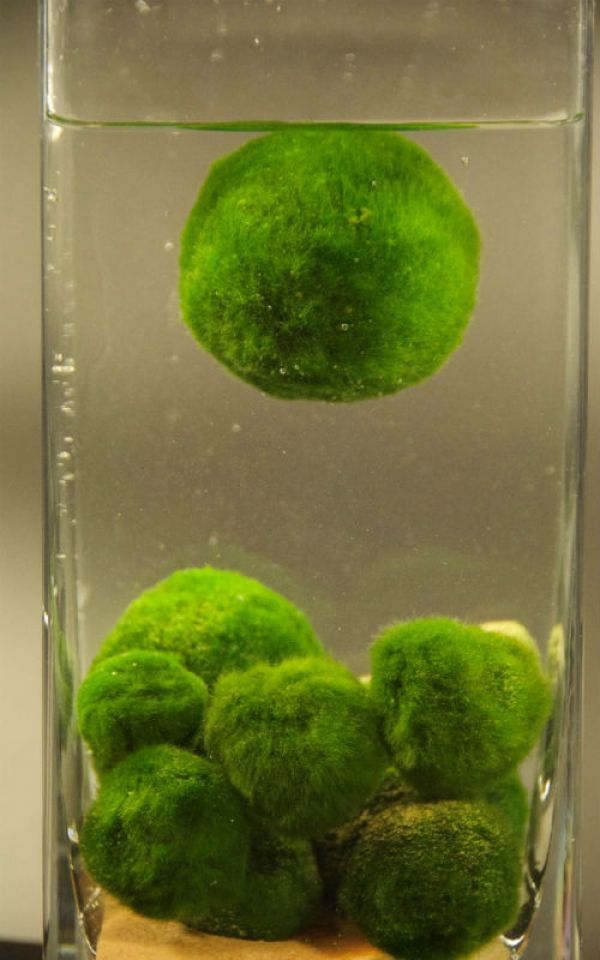The balls are a rare form of algae found naturally in lakes in the northern hemisphere, particularly Japan and Iceland. In Japan they have such important cultural significance, they are a protected species. They are also very popular with aquarium owners, although, in recent years, their popularity has resulted in a significant decline.
In a new paper, published today in the journal Current Biology, Bristol biologists have shown that photosynthesis and daily circadian rhythms are responsible for the floating and sinking of the balls.
When these aquatic plants photosynthesise, they become covered in tiny bubbles of oxygen, which the scientists predicted was the cause of their buoyancy.
Continue reading at University of Bristol
Image via Dora Cano-Ramirez, University of Bristol


